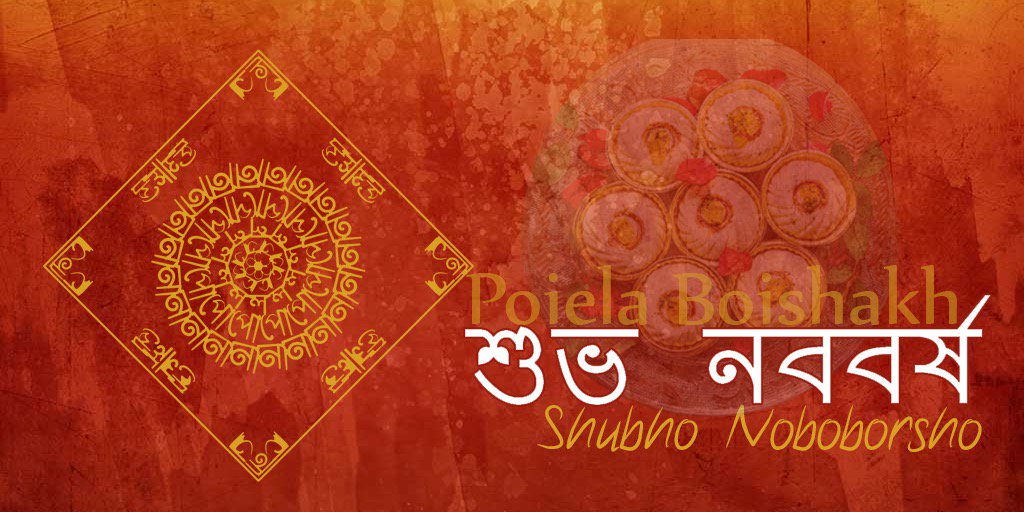The many shades of Poila Baisakh and what makes it so special
Much has been said about the origin of Poila Baisakh. Where some say the roots of this festival lie way back in the Mughal Era, some cite its tradition to the time when Shashanka ruled a polity in the Bengal region back in the 7th century.
While the stories of its origin continue to brew, let’s look at what Poila Baisakh has evolved to become in the contemporary times and how love to soak up the festive vibes this time of the year, every year.
Us Bengalis are known to do things differently; when the country burns the effigy of Raavana, we celebrate the arrival of Maa Durga; and while the world rings in New Year on 1st of January, we exchange greetings of Shubho Nabo Borsho, four months later. As peculiar as that may sound, our festivals are truly one-of-a-kind, and the sound of our celebrations spread far and wide!
Here’s looking at what goes into the Bengali New Year celebrations.
A festival of reunions, Poila Baisakh unites families as relatives and friends come together to get into the spirit of festivities. And since it’s New Year, cleaning and tidying up of residential and workspaces is a must. Another Poila Baisakh tradition that is religiously followed by most businessmen, and traders is the Haal Khata; which pertains to closing all reckonings of the previous year and opening a new ledger on this auspicious occasion.
When talking about Poila Baisakh, we cannot skip the mention of an authentic Baisakhi Meal; the aroma of shorshe ilish (hilsa fish cooked with mustard), the spicy flavours of kosha mangsho (Bengali mutton curry), from phulko luchi (flatbrad) to dhokar dalna (vegetarian curry dish), from bhaja mooger daal to Bhetki macher paturi (Bengali style Barramundi fish); the list is unending and we bet your mouth is watering already.
As we eagerly awaited being served with these delicious treats this Poila Baisakh, let’s now move on to another important aspect of the festival, which is the style. The colours red and white hold cultural significance to Bengalis and the same is translated to our sense of fashion especially when it comes to such celebrations. Where men are seen wearing stylish Panjabis adorned with traditional symbols, women can be spotted in the most gorgeous sarees, some being red and white while others carrying some other kind of traditional motif. Speaking of sarees, Bengalis have a saree culture that has now reached the global stage.
One of such famous sarees that finds its roots in Bengal, is the Jamdani, a popular pick for Poila Baisakh. What makes the Jamdani special is that it is embedded with symbols, and patterns that are intrinsic to Bengali culture and traditions. From cultural motifs to storytelling and conceptual artwork, the tales of Jamdani Sarees find room in every Bengali woman’s wardrobe during Poila Baisakh.
This Poila Baisakh, as you embrace the spirit of festivities, remember to dress in colours of your culture. Embrace your tradition and celebrate your intrinsic Bangaliana with sarees from Uttariya. Explore our extensive collection of Handspun Jamdani and Dhakai Jamdani sarees and add the spirit of our vibrant tradition to your Poila Baisakh celebrations!

